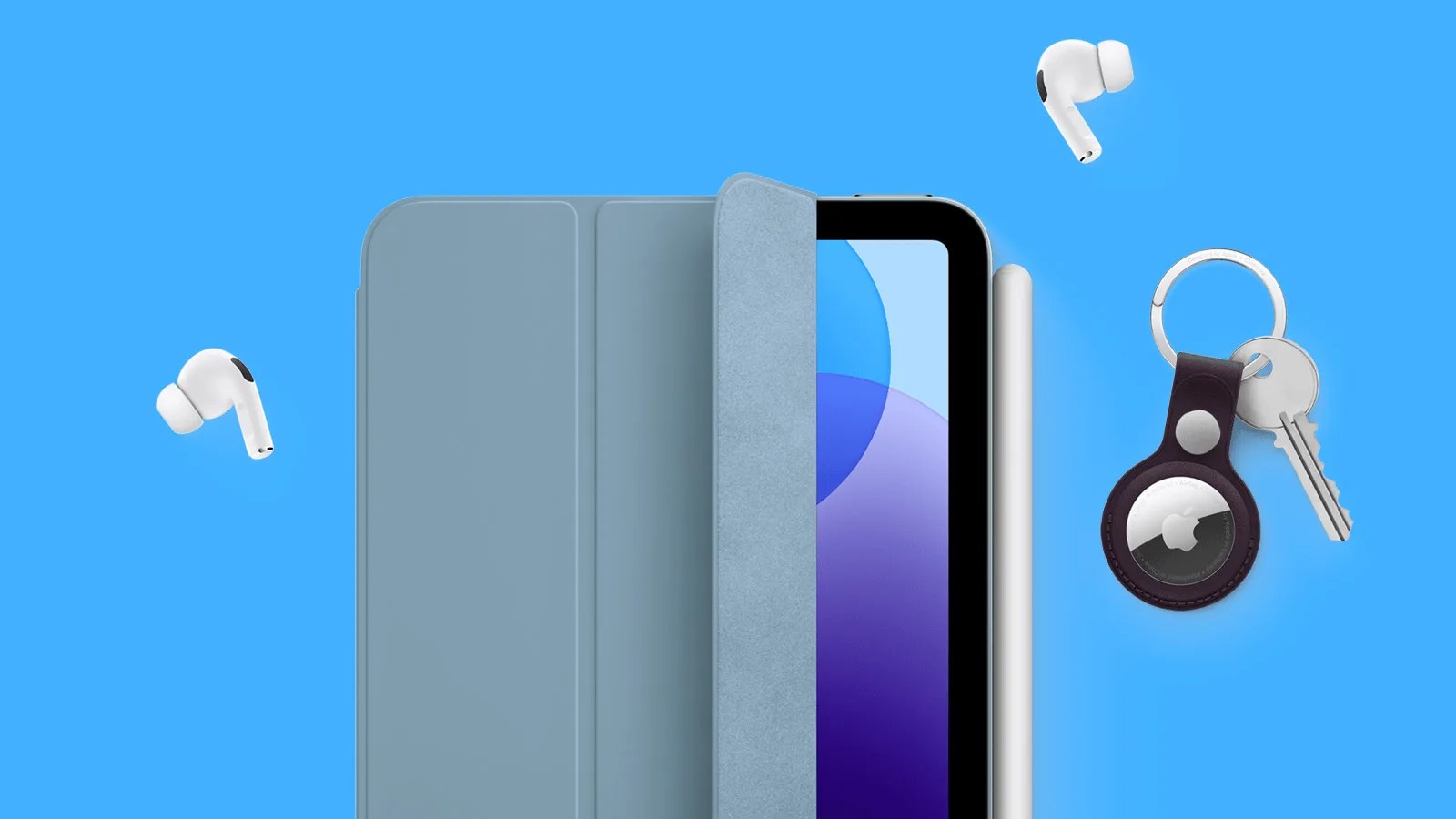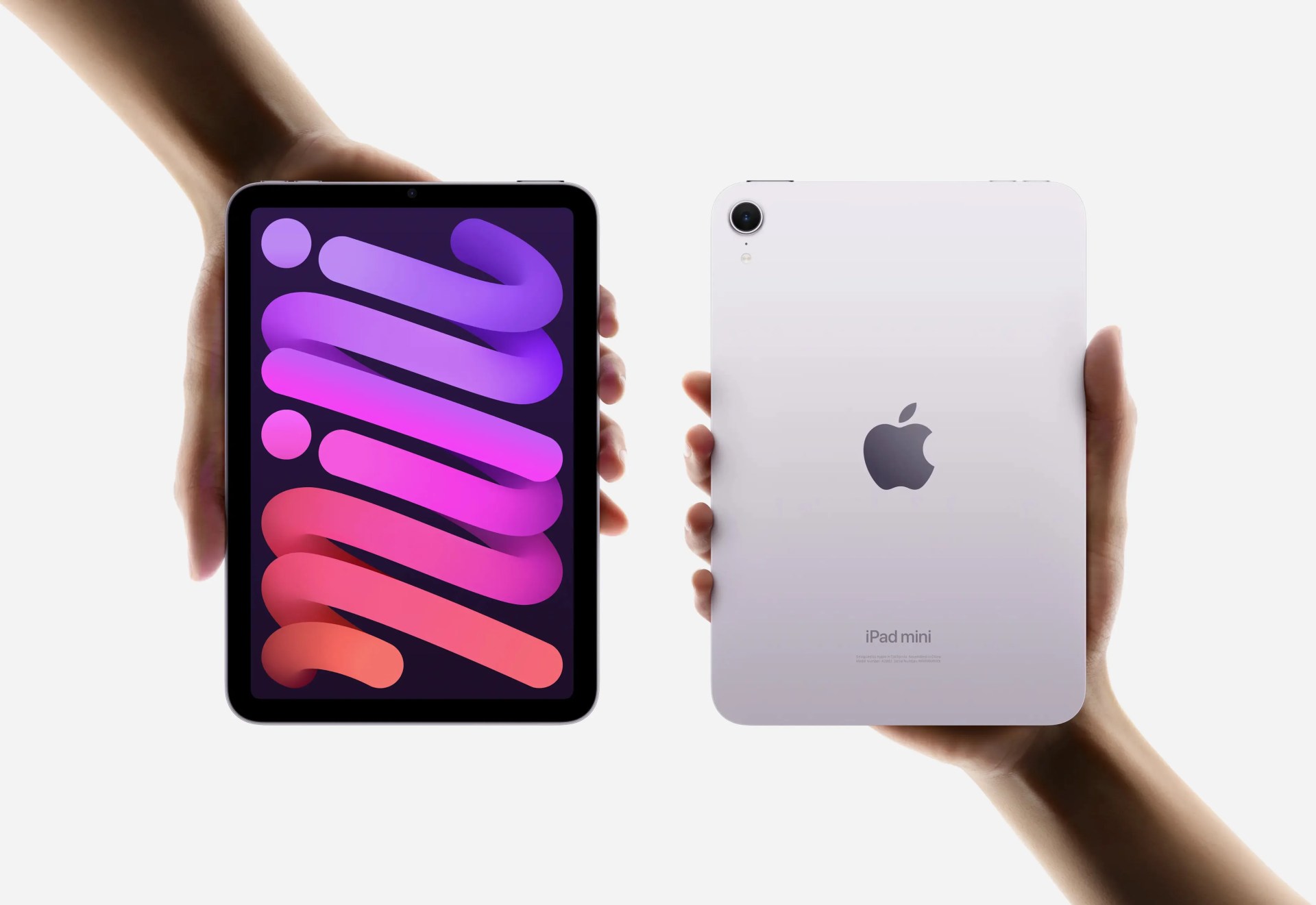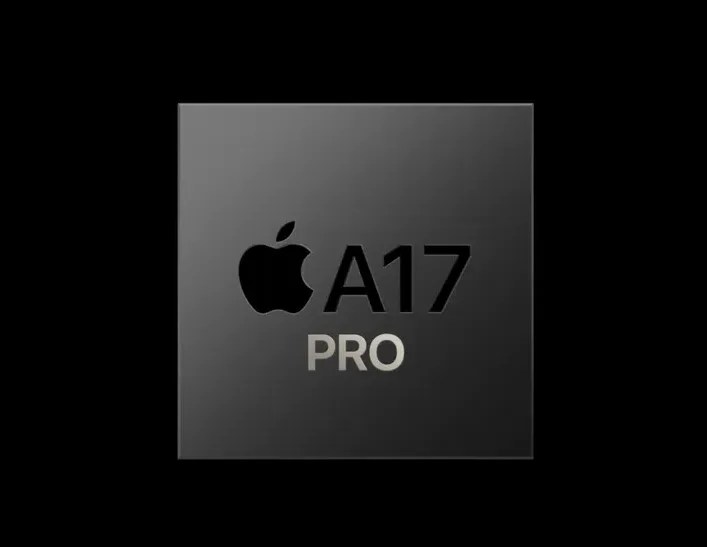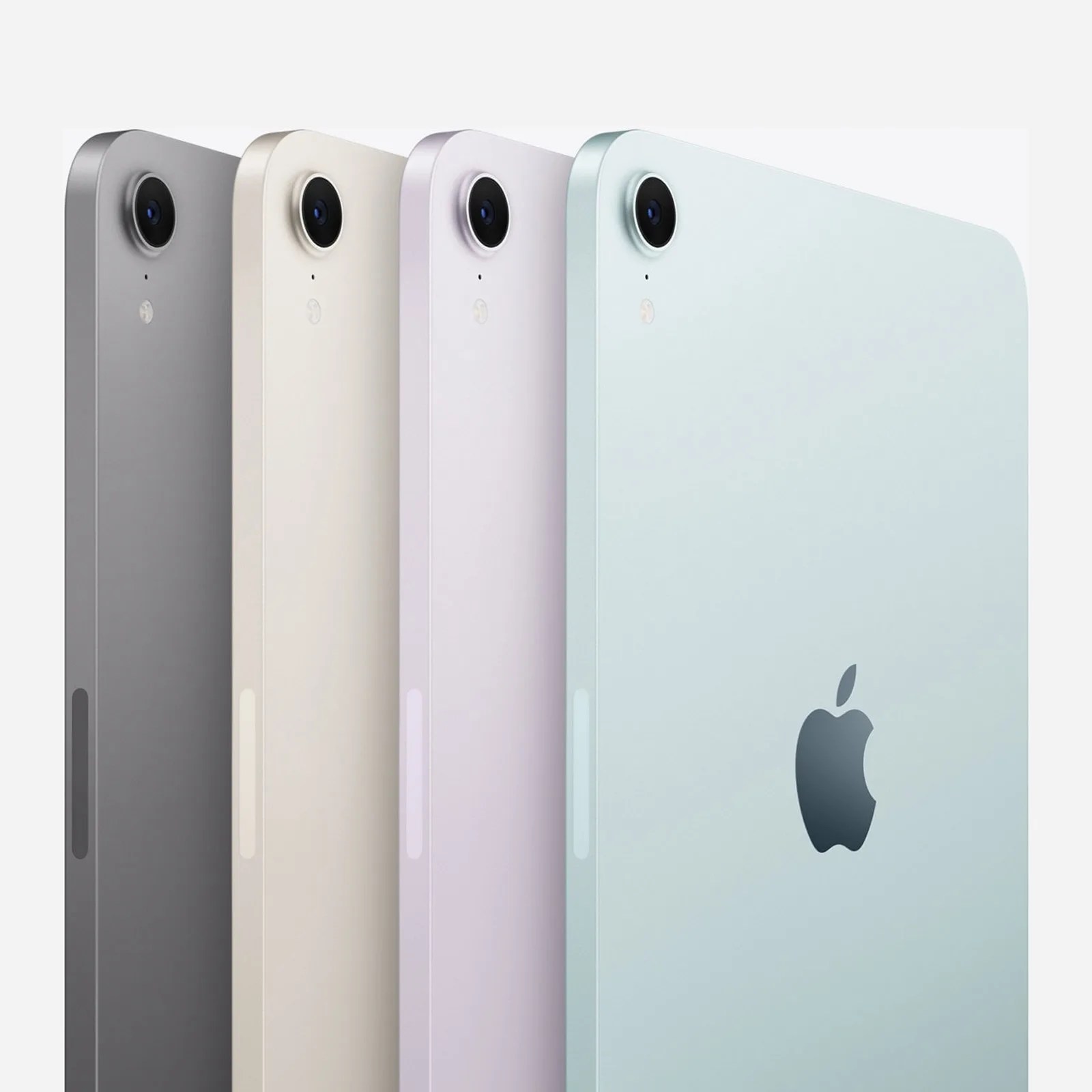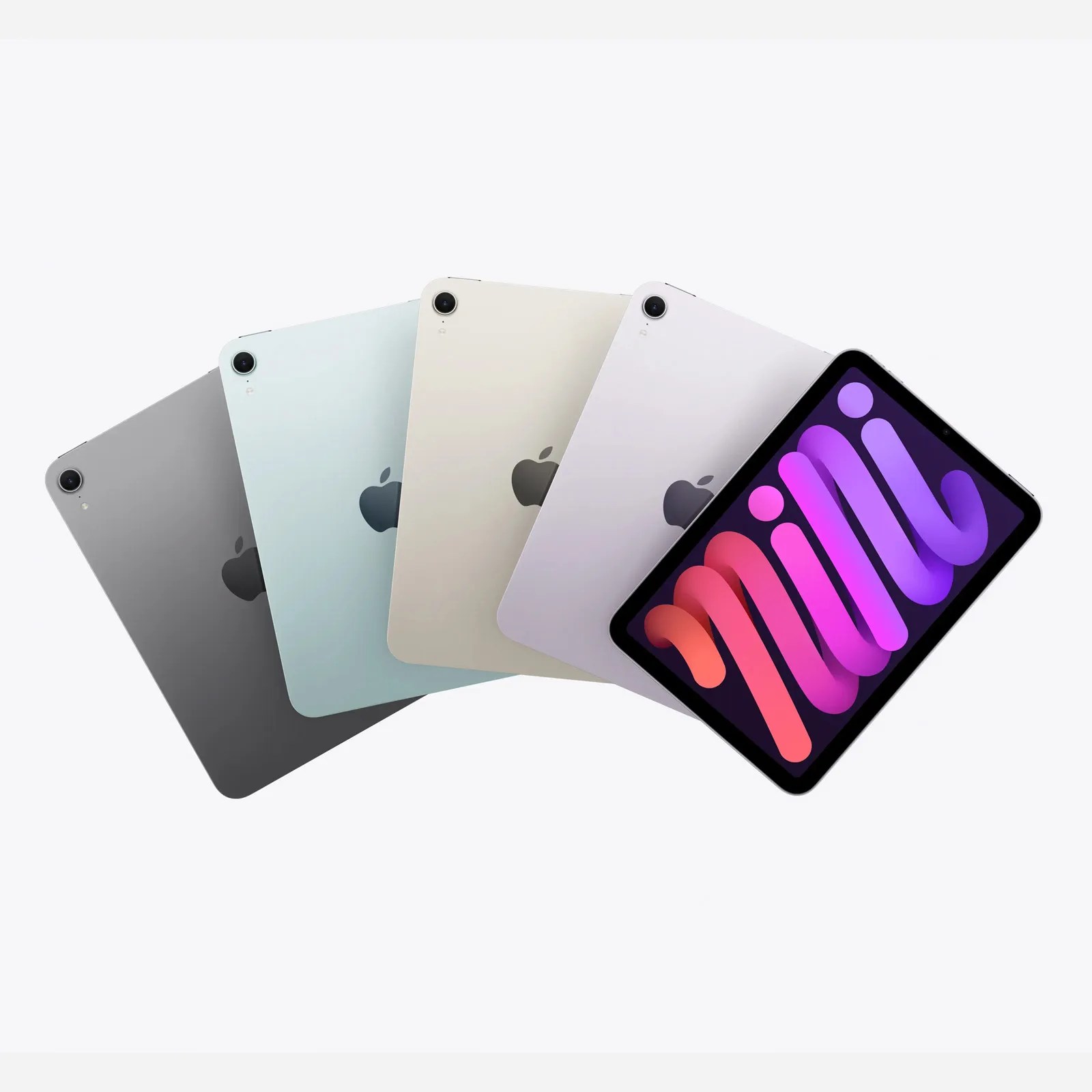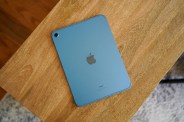Most people who follow Apple closely expected the tech giant to release an update to the iPad Mini sometime this year. But that wasn’t exactly a bold take.
The previous generation launched in September 2021, meaning it stayed as is for a whopping 1127 days, which is by far the longest the tablet has gone between updates since its launch in 2013, according to Mac Rumors‘ handy Apple release cycle tracker. It had also essentially been permanently marked down on major retail sites like Amazon, indicating that lingering stock needed to go.
Now, Apple has finally unveiled the seventh generation of the iPad Mini model via a press release. It’s a refined version of the tiny tablet that’ll please most general consumers, even if it ignores the biggest gripes of fanboys and potentially muddles Apple’s future product roadmap.
The iPad Mini 7 Gains Several Nice Touches
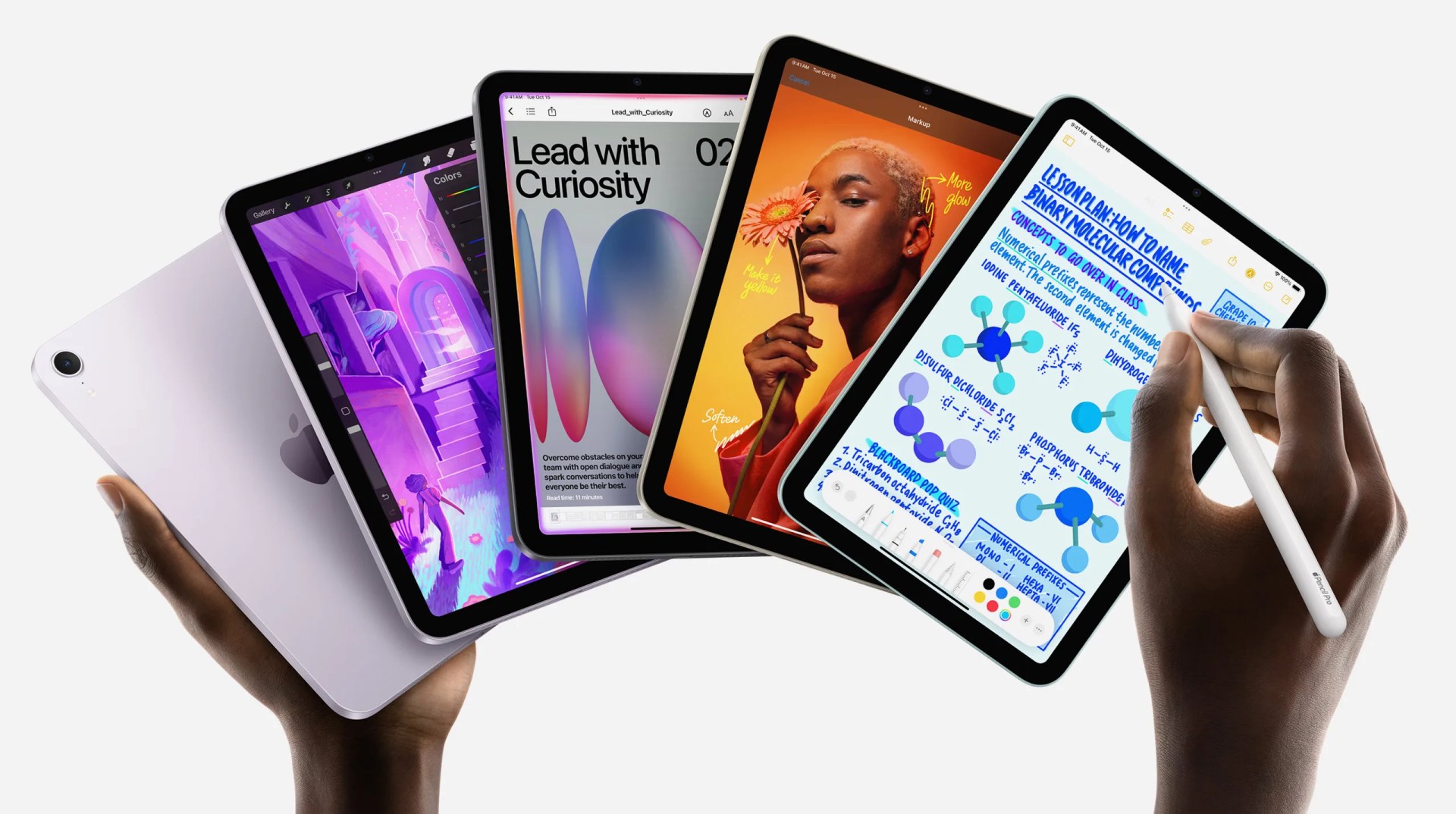
The overall design of the iPad Mini 7 is virtually identical to that of the previous Mini 6 generation, outside of the introduction of a few new colors and the addition of the word “mini” next to the iPad label that appears etched into the back of the device.
As such, the cynical take on the iPad Mini 7 is that it’s mostly a spec bump. However, a few seemingly minor changes will make the iPad Mini 7 a better tablet for daily use than the previous generation, especially over the long run.
